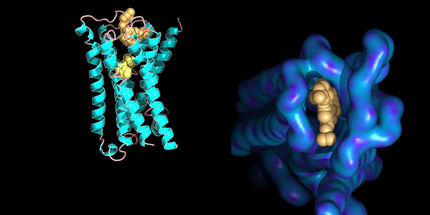Drug Discovery Companies Focus on Strong Product Line to Offset R&D Budget Slowdown
One of the most persistent challenges facing manufacturers and distributors of research products is the slowed growth of R&D spending for all segments of the drug discovery market. While pharmaceutical companies are affected by slow top line growth, biotechs need to become more product-oriented, reducing R&D spending. However, increased pressure on pharmaceutical companies to speed up discovery and development of new therapies, coupled with the critical need to expand market growth, is likely to drive R&D spending.
"With many of the top drug discovery biotechnology companies evolving into product-focussed pharmaceuticals businesses and capitalizing on strong product pipelines, revenues are likely to continue to experience growth," says Isaac Meek, Industry Analyst for Frost & Sullivan's Drug Discovery Technology group. "Top agribiotech companies are also expected to benefit from a continued demand for agricultural biotech crops."
Following a difficult 2002- the result of the economic downturn, reductions in biotech/pharma R&D spending, and consolidations- a slight increase in R&D spending was experienced in 2003. There are now positive signs of recovering pharma budgets and enhanced outlays on bio warfare. Overall, the outlook is one of "cautious optimism" for this year. Global drug discovery spending, which was $19.6 billion in 2002, is expected to reach $25.1 billion in 2006.
The shift to data mining and computational techniques has been one of the factors affecting the drug discovery industry. This has influenced the sales of consumables, reagents and instruments. While there has been continued growth of separation products for nucleic acids and proteins, there has been a simultaneous decrease in purchase of capital equipment and related sequencing consumables.
Research product manufacturers need to strategize by developing innovative technologies in genomics and proteomics and offering sophisticated research equipment with higher throughput and greater sensitivity. Such product innovation is also likely to offset the slowed growth of National Institutes of Health (NIH) budget. Cutbacks in NIH funding - one of the single greatest contributors to research product sales - is forcing academic and government research groups to manage R&D costs and decrease the average cost per experiment, overall limiting the growth of research product manufacturers.
Today, customer priority in the drug discovery sector has progressed from the basic cost and availability to include ease-of-use, novelty, efficacy and miniaturization and standardization of equipment. By catering to consumer demands, research product manufacturers can anticipate benefits and look to improving market share.
Most read news
Topics
Organizations
Other news from the department business & finance

Get the analytics and lab tech industry in your inbox
By submitting this form you agree that LUMITOS AG will send you the newsletter(s) selected above by email. Your data will not be passed on to third parties. Your data will be stored and processed in accordance with our data protection regulations. LUMITOS may contact you by email for the purpose of advertising or market and opinion surveys. You can revoke your consent at any time without giving reasons to LUMITOS AG, Ernst-Augustin-Str. 2, 12489 Berlin, Germany or by e-mail at revoke@lumitos.com with effect for the future. In addition, each email contains a link to unsubscribe from the corresponding newsletter.





















































